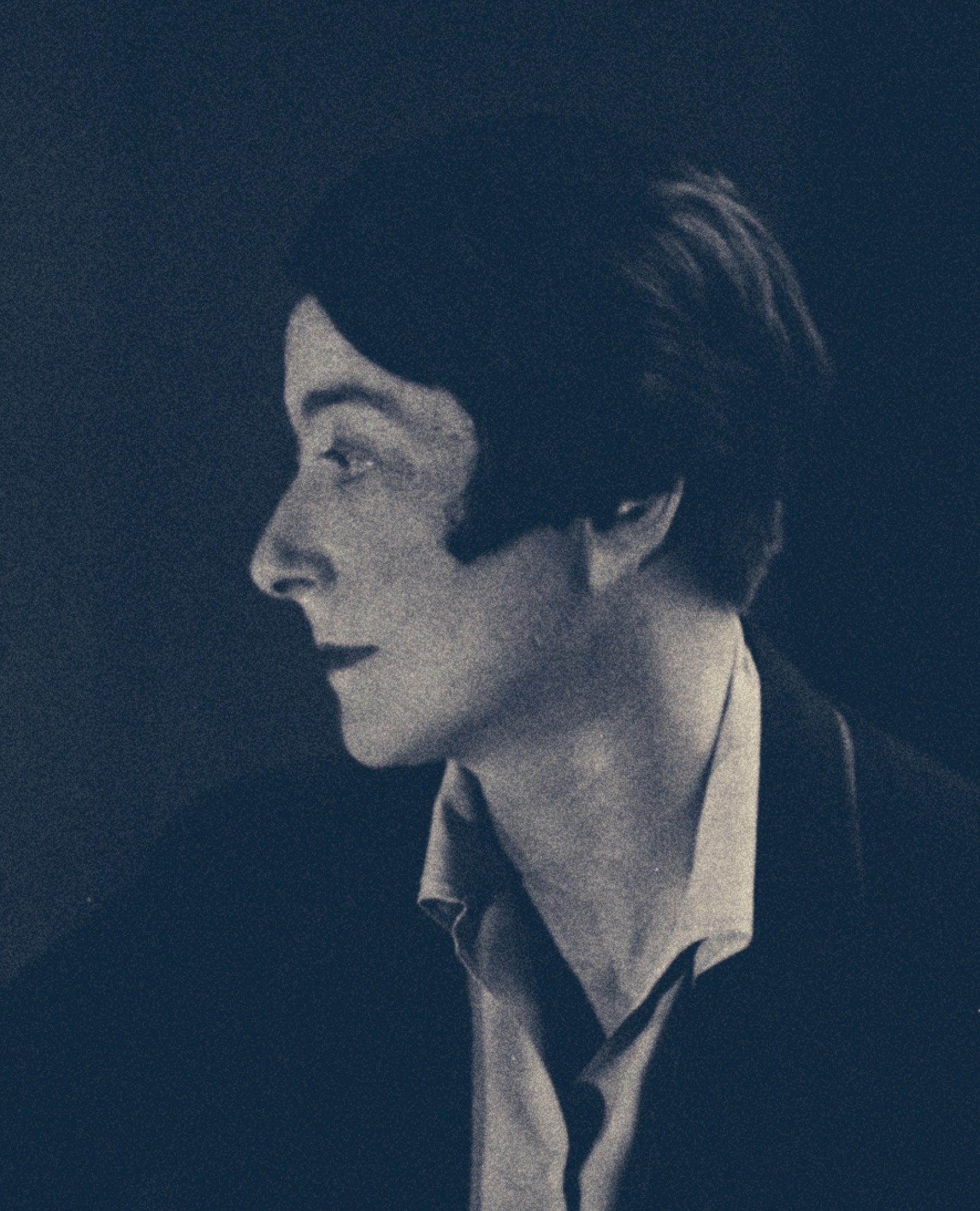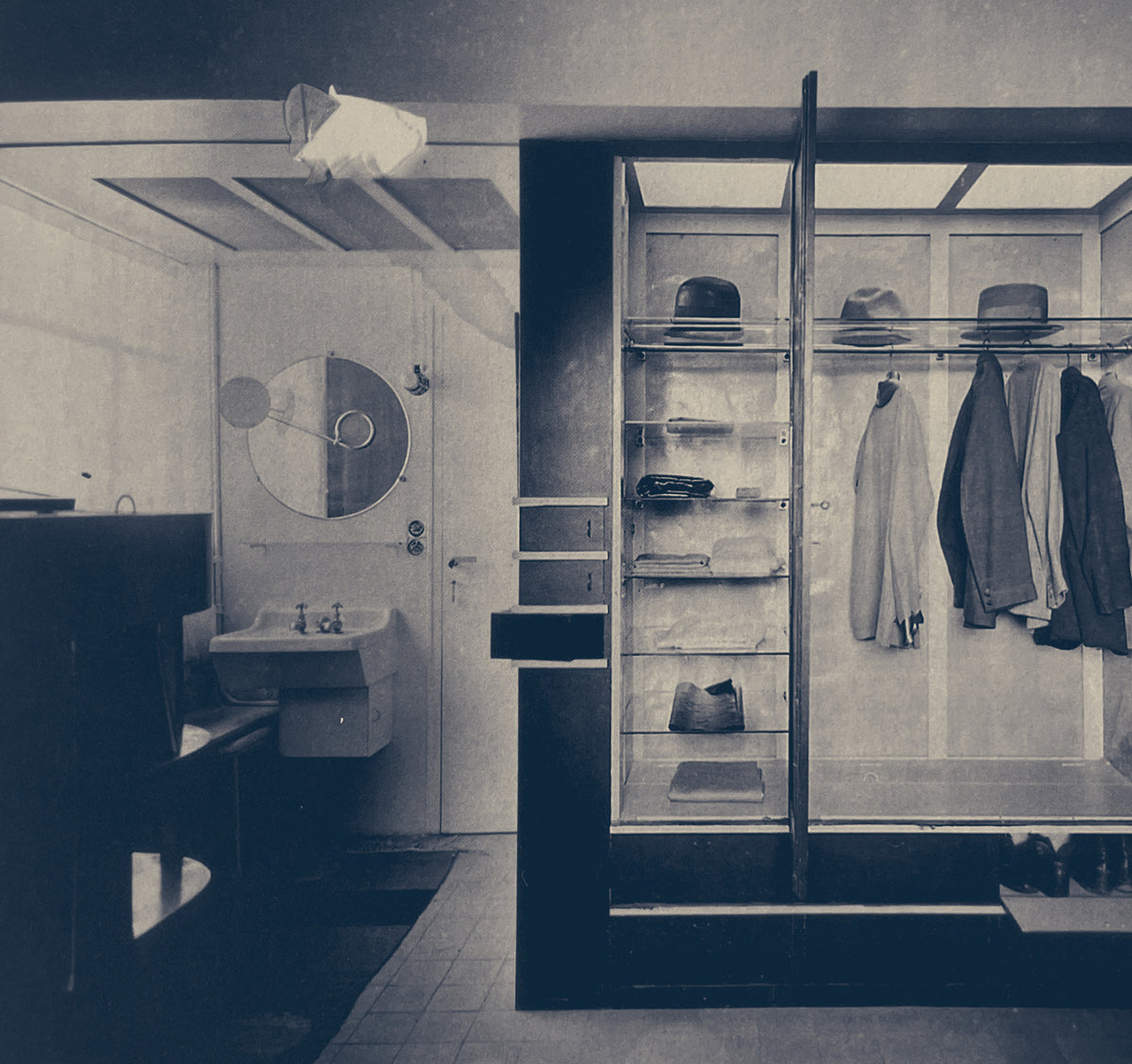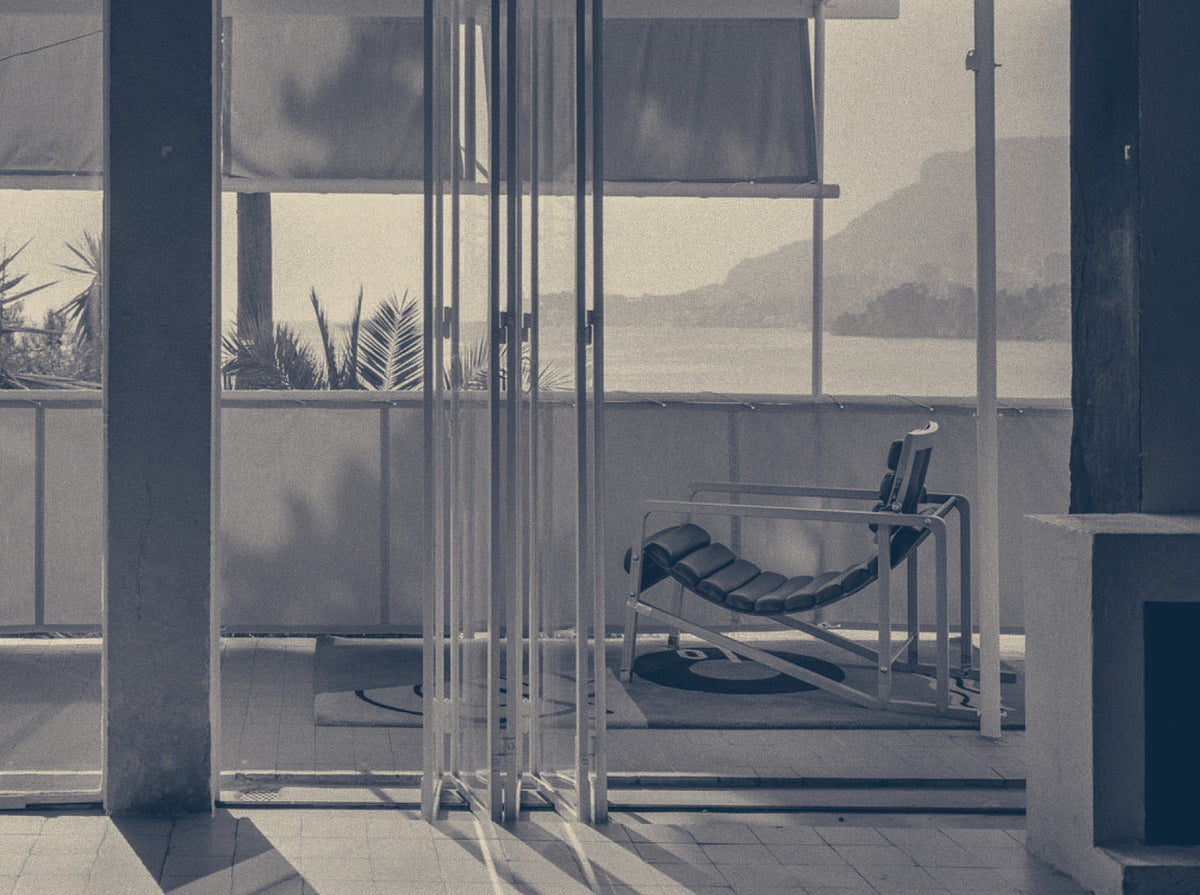Around 1907, textiles became another passion for Eileen Gray. With her childhood friend Evelyn Wyld, she traveled to Morocco to learn weaving techniques. They established a workshop at 17 Rue Visconti, managed by Evelyn. Eileen’s textile designs were boldly abstract.
Although she contributed to the Art Deco movement, the apartment she designed for Mme Mathieu-Levy on Rue de Lota (1920-1924) was a subtle blend of simplicity, rigor, and sophistication. The space featured brick partitions, a lacquered wooden "canoe" bed, and chairs adorned with serpents.
To promote her work, Eileen opened the Jean Desert gallery in 1921 on Rue du Faubourg Saint-Honoré, in collaboration with architect Jean Badovici (1893-1956). The gallery offered "furniture, lacquer, screens, and carpets," as well as a "decoration and apartment installation" service. Among her clients were Raymond Poincaré, Maurice Thorez, Martin du Gard, Henri Pacon, Charles Moreux, and Henri Laurens. Her reputation grew, and the Chicago Tribune described her gallery in 1922 as offering "a visit to the unseen."
In 1923, she made a strong impression at the Salon des Artistes Décorateurs with her Boudoir Bedroom for Monte-Carlo. Complimented by Pierre Chareau and Francis Jourdain, this marked a turning point in her career. Inspired by artists from the Vhutemas and the De Stijl movement, she began producing serially manufactured furniture, following in the footsteps of Francis Jourdain and the "Ateliers Modernes" (1912) and department store art workshops.


















